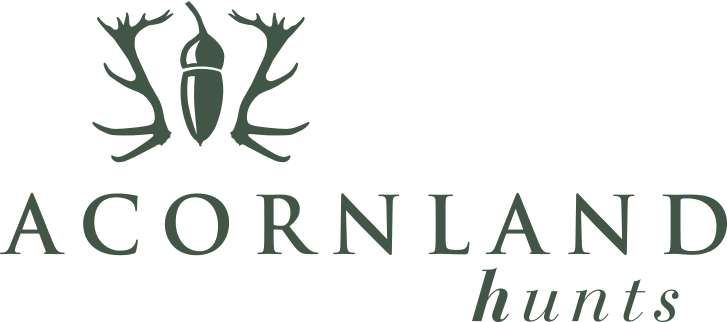The Red Deer
Red Deer (Cervus elaphus) is the king of the forest. Mature males are elusive and keen, their senses are acute, especially hearing and sight. The rut, the purpose of their being is one of the most beautiful spectacles of nature. Hinds, much bolder and exposed, usually live in family groups with offspring of several seasons. Strong hierarchy patterns evolve in this herds, older hinds command them with rigorous care. Often forcing the stalker to set up strategies to their behavior. Stags accompany herds only on the rut season, focus on mating. They relay on the acuteness and vigilant behavior of the hinds.
The Mouflon
Mouflons (Ovis orientalis musimon) are gregarious, resilient and usually move in big flocks. During the mating season these herds can grow in numbers making it challenging to approach. Like hinds, usually old mouflon sheep command the herds. There senses are not as keen as red deers´, though sometimes red deer relay on their vigilance behavior to grace in tranquility. Often males will give away their location by the sound of their crushing horns. Avid climbers, they won't hesitate to jump on to big boulders often using them as vantage points. Their cloak gives them great camouflage advantage, causing many surprisingly close encounters. Their adaptation to this terrain over the years has proven to be perfect.
The Wild Boar
Wild boar (Sus scrofa) are the most elusive and nervous of the three species. Their sense of hearing and smell is second to none. Movement on the stalker causing the slightest noise has ill-fated plenty of times a good stalking approach. Big males tend to move alone or with a squire. Often going in front to encounter possible dangers beforehand, the squire will be pushed to advance and explore the terrain ahead. Love to root about, they are passionate acorn eaters which helps when approaching on the stalk. Their eating grunts gives them away when fisting on acorn or rooting about, and causes a hearing impairment that allows to close in on the stalk. They love to bed in groups and when there is more than one in the bedding, they will orient opposite to cover more ground. Mating season will loosen their senses; males will snap their jaws causing the sound of their tusks to attract the females. With a heavy breastplate they will fight vigorously head to head trying to wreck their opponents by sinking and cutting them with their tusks.
Other Species That Enrich Our Environment
It's easy to encounter foxes (vulpes vulpes) while stalking, a challenge bow hunt due to its cunning and size. In Acornland we recommend our clients to hunt them (without any cost) if they have the opportunity due to the damage they cause to other species such as the red partridge, rabbit and roe deer new baby borns. Other protected vermin such as the genet (genetta genetta), iberian wild cat (Felis sylvestris), mongoose (Herpestes ichneumon), marten (Martes foina), and badger (Meles meles), inhabit our forests. As for birds that live and frequent our holm oak forests, the variety is typical of a Mediterranean environment. GriffonVultures (Gyps fulvus) and black vultures (Aegypius monachus) often patrol the area in search of food, scanning from high granite stones. Birds of prey such as; the hobby (Falco subbuteo), Bonelli's Eagle (Aquila fasciata), Royal owl (Bubo Bubo), long-eared owl (Asio otus), barn owl (Tyto alba), among others. Wood pigeon is a very common bird to see they love acorn fruit. Large flocks of Iberian magpie (Cyanopica cooki) are often seen. Euroasian jay (Garrulus glandarius), its usual call is the alarm call which is a harsh, rasping screech and is used upon sighting danger. If we are stalking the will reveal our presence in case we come close to them alerting the game in the area, but on the other hand if you are in a blind, tree stand or a trail waiting on the game to come, they will alert us of that moving game, they will cheat on any movement around them. Other magnifent small birds like; great spotted woodpecker (Dendrocopos major), European greenfinch (Chloris chloris), yellow-breasted bunting (Emberiza aureola), european robin (Erithacus rubecula).

















